♟️ The Hidden Power of Pawns: How the Weakest Chess Piece Controls the Game
Jul 05th, 2025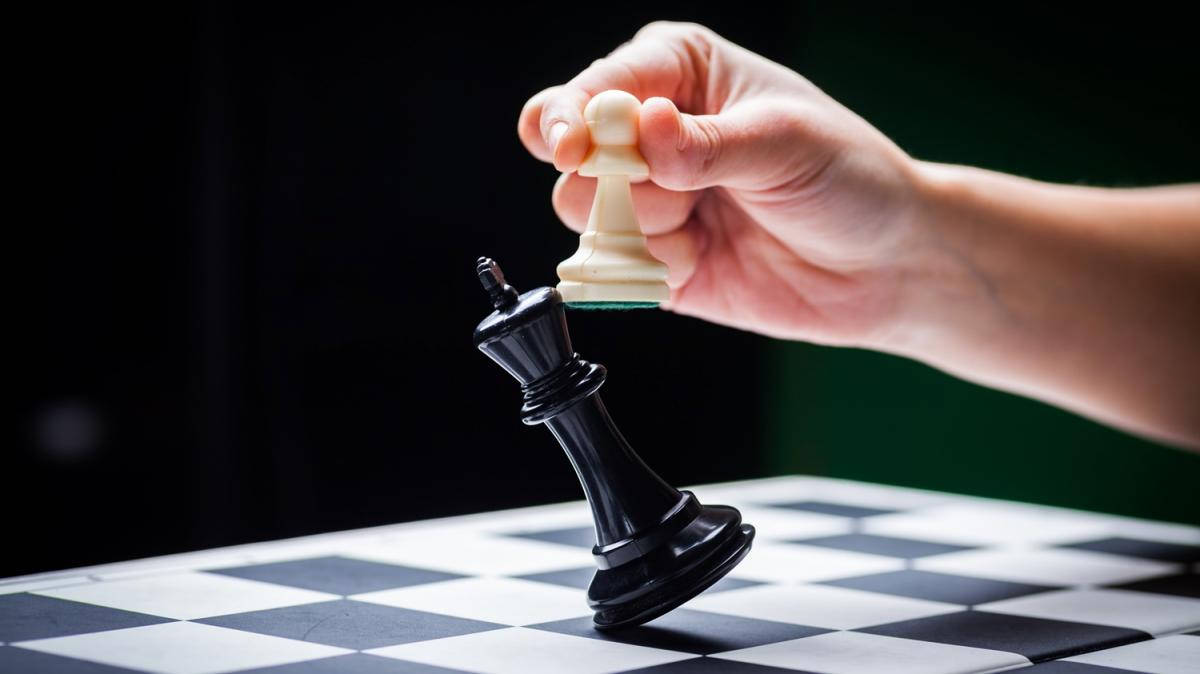
When we look at a chessboard, pawns might seem like mere foot soldiers—slow, fragile, and expendable. They move only one square at a time, can’t retreat, and are often sacrificed in the opening skirmishes. And yet, these humble warriors have the potential to decide the fate of a game. So, what is their real role? Why are they called the “soul” of chess?
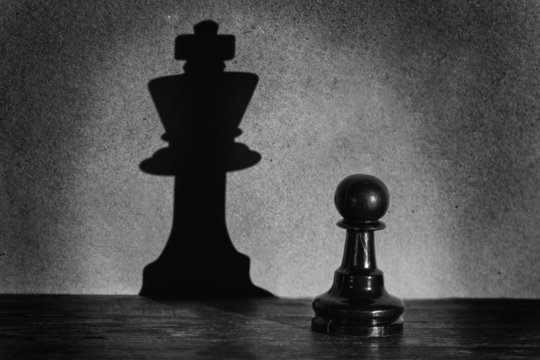
Let’s explore what makes pawns so special and how their quiet influence shapes strategy from the opening to the endgame.
🛡️ The True Role of Pawns
Pawns don’t move fast, and they don’t cover much ground, but they’re everywhere—eight per player. That sheer number gives them an incredible capacity for space control and positional influence. While a bishop can glide across the board and a queen can dominate diagonals and files, a pawn controls just one or two squares—but with hundreds of possibilities when working together.
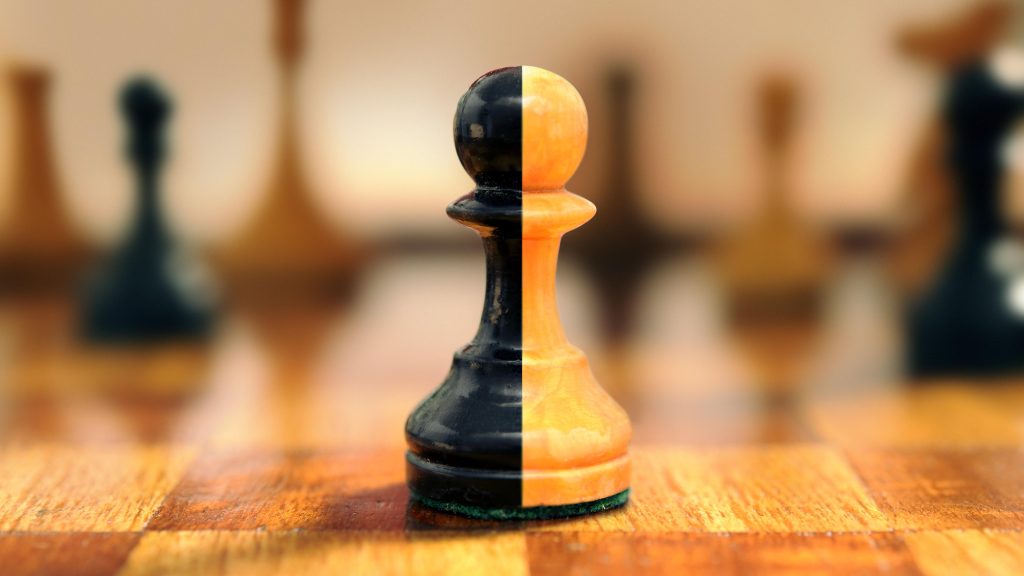
Their main function? Control and restriction.
- They act as shields, defending key areas of the board.
- They limit enemy piece mobility, boxing in even the most powerful units.
- And when advanced properly, they can become queens, dramatically shifting the balance of power.
🔄 The Path to Promotion
Promotion is a pawn’s secret superpower. March it all the way to the other side of the board, and it transforms—typically into a queen, the most powerful piece in the game.

But promotion is no easy journey. In the middlegame, the board is often congested with defenders and attackers, making pawn advancement a tricky challenge. That’s why endgames are where pawns truly shine—fewer pieces mean clearer paths to the finish line.
As Grandmaster Capablanca said,
“A passed pawn increases in strength as the number of pieces on the board diminishes.”
🧠 Middlegame Mastery: Using Pawns to Squeeze Opponents
One of the core strategic ideas in chess is restricting your opponent’s pieces, and pawns are the best tools for that.
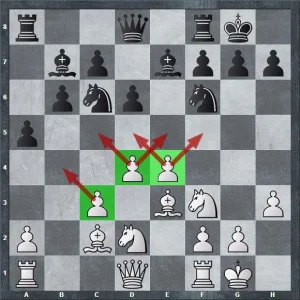
Take the opening principle: “Control the center with pawns.”
Why the center? Because that’s where knights want to jump, bishops want to slice, and queens want to dominate. If your pawns occupy or control those central squares, you stop enemy pieces from reaching their optimal positions. It’s not the pawns that are powerful in isolation—it’s what they deny your opponent.
Let’s explore how that works through famous positions.
📘 Classic Opening Structures Where Pawns Shine
♟️ Italian Game – Giuoco Piano
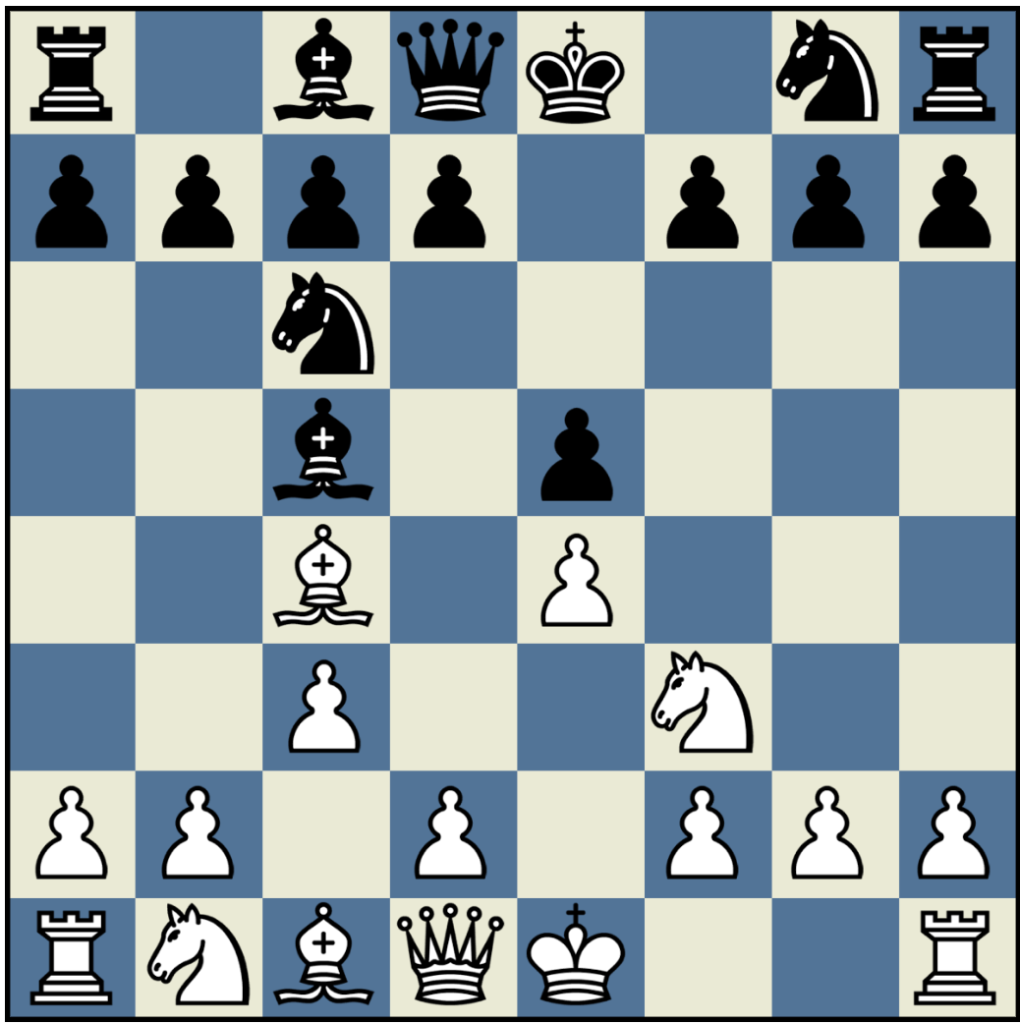
White’s pawn seem innocent, but it paralyzes Black’s knight. This positional grip means the knight struggles to influence the center or reposition effectively, turning it into a passive piece.
♟️ Najdorf Sicilian
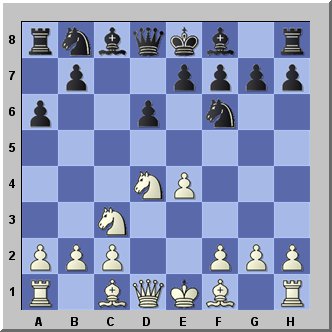
Here, Black’s pawns cramp White’s knight, pushing it far from critical central squares. Even with equal material, Black’s pieces breathe more freely—and that matters more than you’d think.
♟️ Berlin Defence

In the mainline Berlin, White’s pawn blocks their own light-square bishop and gives Black’s unopposed dark-square bishop full range. Even though Black’s king can’t castle and the pawn structure looks broken, control over squares gives Black strategic compensation.
🔍 Pawn Power in Practice – Real Game Moments
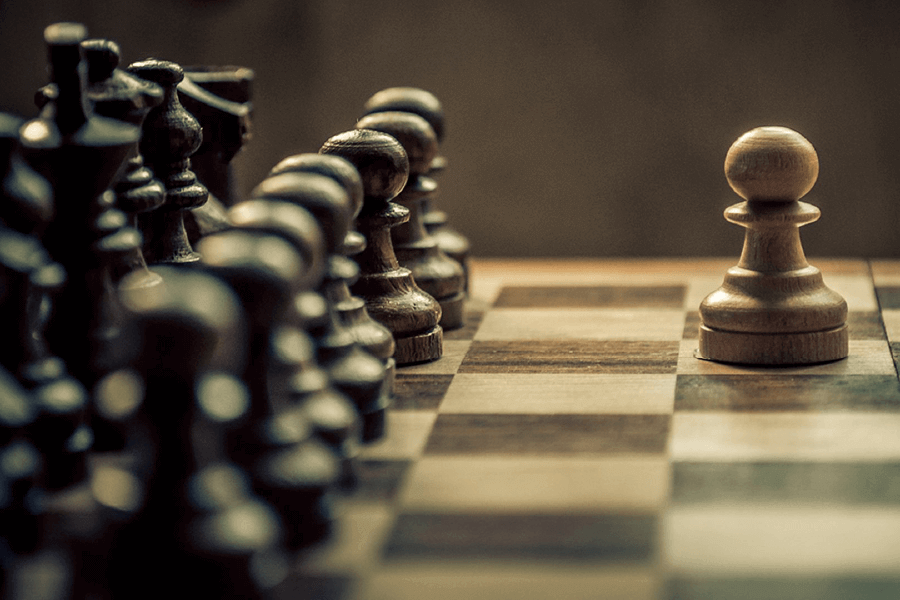
🕹️ Game 1: Piccoli vs. Sousa – Roquetas Open 2025
Even with symmetrical structure and developed pieces, White’s knights were heavily restricted by Black’s pawn storm. Moves like …h5 and …g4 kept squeezing space until White ran out of room. Black was clearly better—but even better games can be spoiled!
🕹️ Game 2: Unuk vs. Sousa – Spanish Team Championship 2024
Black sacrificed a pawn, but gained massive control over the board. White’s pawns did nothing to restrict Black’s movement, and after 16…Bh6!, all Black’s pieces began flowing effortlessly on dark squares. Black was completely winning—but in chess, victory still has to be converted.
🕹️ Game 3: Silva vs. Sousa – Famalicao Open 2024
Symmetry again—yet Black dominated. White’s knight was locked behind pawns with no entry points, while Black took over the board with expanding space. A clean, comfortable win showing how control trumps equality on paper.
🧩 Final Thoughts: The Soul That Shapes the Game
Pawns might be the least flashy pieces on the board, but they are the backbone of every plan. They define the structure, set the tone, restrict or liberate, and can eventually transform into queens. More importantly, they influence how your opponent plays.
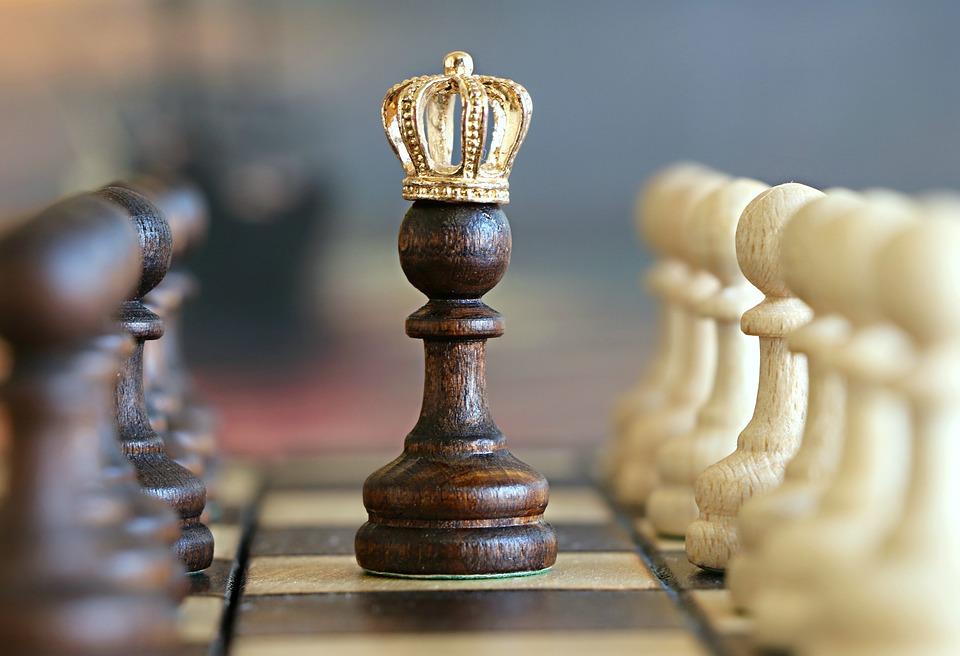
To play pawns well is to play chess well.
Next time you look at a pawn, don’t just see a tiny soldier. See a guardian, a gatekeeper, a future queen—and the invisible hand controlling the flow of the game.
♟️ Ready to Level Up Your Game?
𝐉𝐨𝐢𝐧 𝐌𝐚𝐝𝐫𝐚𝐬 𝐒𝐜𝐡𝐨𝐨𝐥 𝐨𝐟 𝐂𝐡𝐞𝐬𝐬 𝐭𝐨 𝐝𝐞𝐟𝐞𝐚𝐭 𝐲𝐨𝐮𝐫 𝐨𝐩𝐩𝐨𝐧𝐞𝐧𝐭 𝐰𝐢𝐭𝐡 𝐛𝐫𝐢𝐥𝐥𝐢𝐚𝐧𝐜𝐞 𝐚𝐧𝐝 𝐩𝐫𝐞𝐜𝐢𝐬𝐢𝐨𝐧!
📍 Locations: T.Nagar | Anna Nagar | Mandaveli | Online
📞 Call: +91 98404 03376
🌐 Visit: www.madrasschoolofchess.com
📲 Follow us: @madrasschoolofchess
© The Madras School of Chess
Created by Webdzo